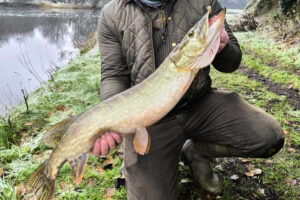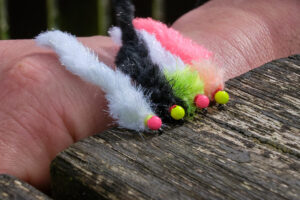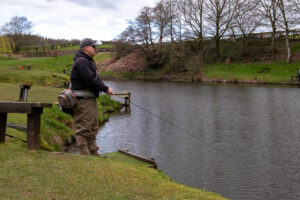Well, this topic of a fly rod action is a big one for every fly angler, and it’s one that I feel sometimes gets overlooked when choosing a rod. Brands, prices, handles, colours, and even just using what the guy next to you swears by are all reasons that I have seen being used by people when purchasing their new toy at the fishing shop.
I have been fly fishing for over 30 years now, and it is still fascinating to see how different anglers appreciate different actions from their rods.
In August 2022, I found myself in my favourite place to be: the Scottish highlands with a group of anglers searching for big wild loch brownies. Between the four of us we used four different 6 weight rods and the actions of all were completely different. This is to be expected, especially with the wide variety of blanks used within the industry and the massive advances made in blank technology since I made my very first cast with a tubular steel (yes, you read that correctly!) rod all those years ago.
The Poker
One of the anglers had a rod with a rod action that I would describe as a poker. It simply didn’t seem to bend when I tried (extremely unsuccessfully, I might add) to cast with it. This was certainly what could be described as an ultra-fast action rod! What was also obvious to me when watching hooked fish being landed was that as the trout came within netting range, the overall lack of tension created by the stiff blank aided quite a large number of trout to avoid the final part of the process and throw the hook. The angler, however, was able to hit distances that nobody else in the group could get close to, regardless of the weather.
The Speed Freak
The second angler was using a rod with a slightly more forgiving action, but I still found it extremely fast in my hands. What was even more interesting for me to observe was how the angler who fished with the ultra-fast rod suddenly struggled to cast with it when he was invited to try it out. For me, they were both too fast, but a little bit of difference in the blank went a long way to disturb his casting, which until that point had been a pleasure to watch.
The Wobbler
The third angler used a rod that I would describe as soft or through actioned and typically suited for river or small stream fishing. It bent from the tip all the way to the handle, and it reminded me of the old steel rod I learned with as a boy. It was apparent from the start that distance would be an issue, but the control of hooked fish was superior to the other two and this saw far more trout being landed on it. This provided more smiles in general, but serious headaches when the trout were rising that little bit further out.
The Middle Man
I was fishing with the Cadence CSM 9ft 6’ and it provided me with a happy medium between fast and soft. I still had the speed in the blank to aim for the horizon when it was required, but I also had the shock absorbing properties of a softer actioned rod. This is the type of rod that I prefer for loch fishing in general, as it allows me to be flexible whenever I need to be. One minute I could be trying to punch a fly out against a side wind determined on flattening the loch rather than creating a rolling wave and the next could see me trying to softly land a dry fly in front of a rising trout in less than two feet of water. Having one rod that can handle both situations is a serious bonus in my eyes, and thankfully the CSM delivered exactly what I needed.
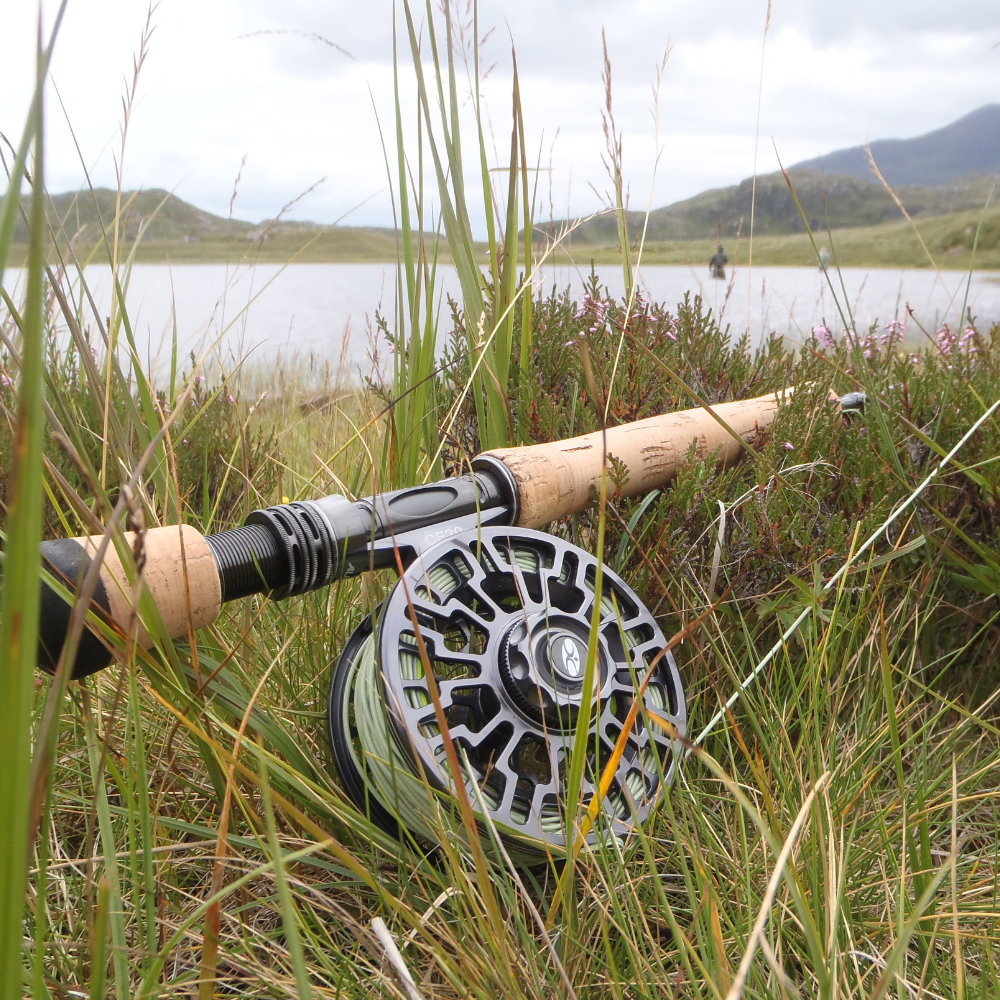
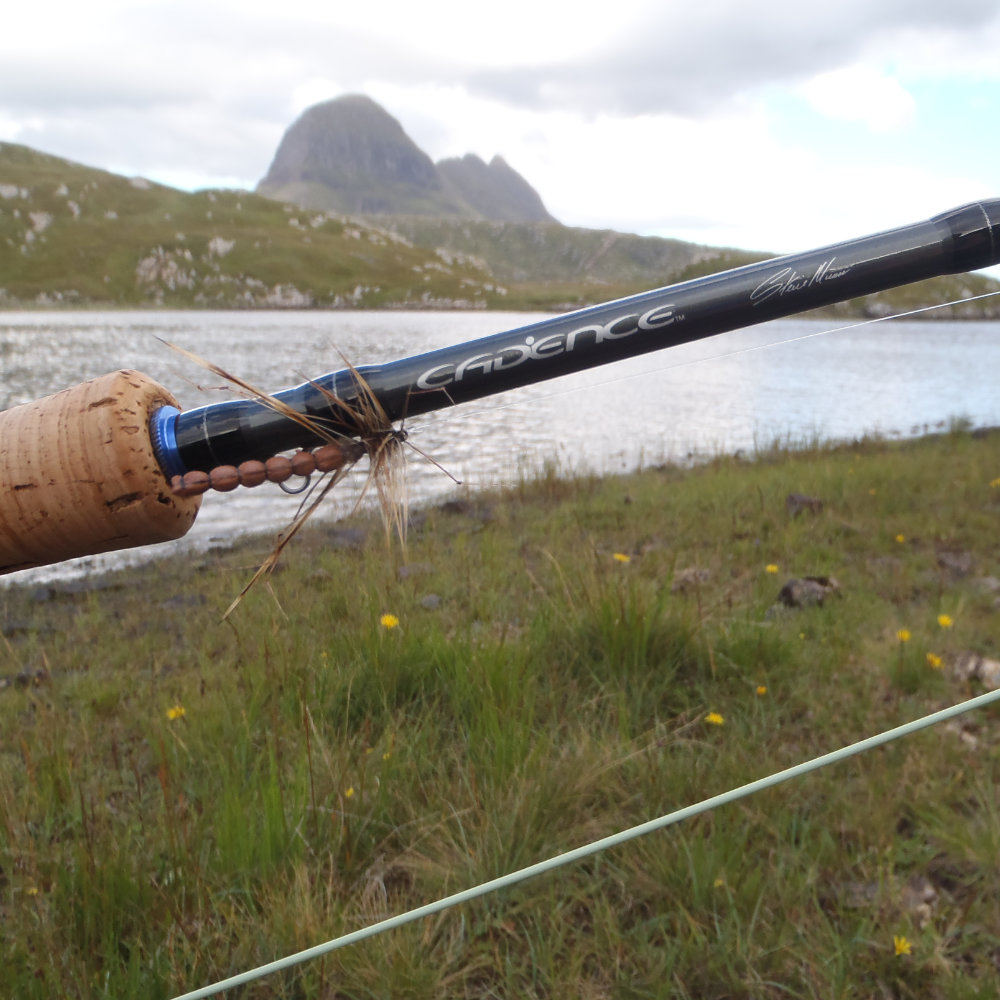
The Conclusion
I am under no illusion that everyone reading this will say “well, it’s an obvious choice really. The middle man is the best option and that’s what I will go with”. The truth of the matter in my opinion is that the rod must be suited for the application.
The “poker” and “speed freak” rod action are made for doing one thing: achieving greater distance with less effort. Combined with the correct line and double haul, these rods can send flies out to regions that other rods simply won’t manage, and certainly with greater enjoyment for the person casting with them. What they add in the distance department is sadly taken away when it comes to controlling fish at close quarters.
This is where the “wobbler” shone through. A softer actioned blank allows you to play out fish on light tippets and absorb the shocks that would otherwise be put straight onto the knots that keep you connected in the first place. These types of rods are generally made for river fishing and tend to fall short when faced with windy or long-range conditions, and the highland lochs can be cruel in both of these departments at times.
The “middle man” gives a bit of both worlds without sacrificing too much. It provides the backbone to punch out a line in most conditions, letting you get that little bit further out when it is needed whilst also providing enough bend to act as the shock absorber when required, which makes it the ideal choice for my loch fishing. I never considered myself to be a middle man before, but it’s a title that I quite like the sound of just now.


